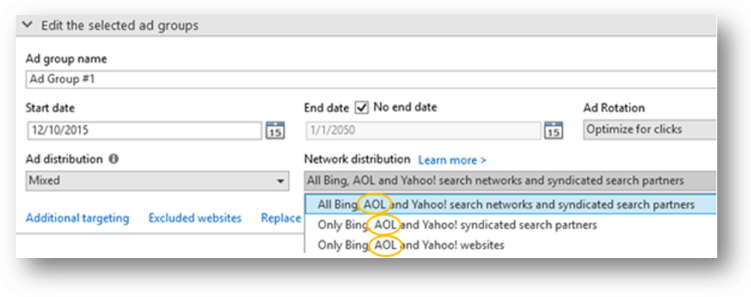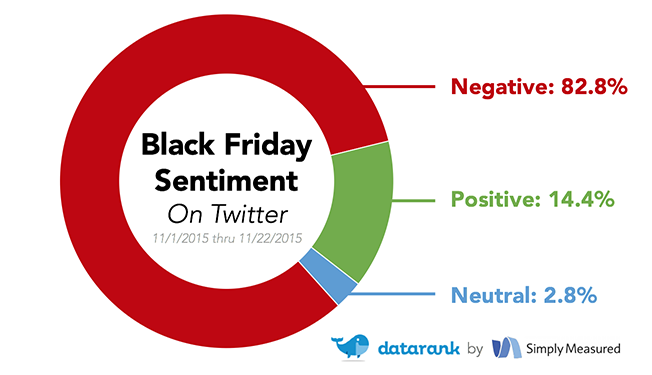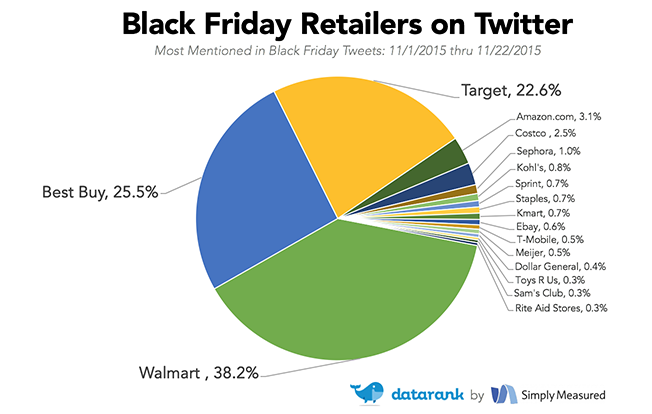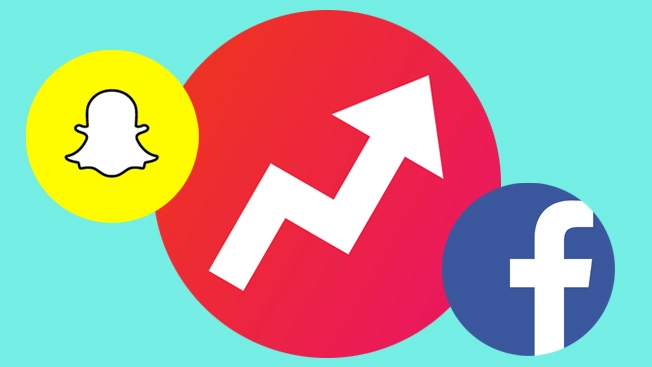Surviving Google’s New Policy Against Interstitial Ads
Google has spoken — and an important part of the mobile web will never be the same. At least that’s the theory, and certainly the search giant’s intention.
Google sees app install interstitials — those big ads that pop up suddenly on the mobile web and monopolize all of your mobile device screen to prompt you to download an app, rather than let you keep surfing — as too annoying to users. On November 2, the company therefore put in place a new policy to discourage the ads.
According to this policy, Google has since penalized mobile websites that use such interstitials by declaring these websites mobile-unfriendly. According to Google’s more detailed blog post about the policy from September:
Mobile web pages that show an app install interstitial that hides a significant amount of content on the transition from the search result page will no longer be considered mobile-friendly. This does not affect other types of interstitials. As an alternative to app install interstitials, browsers provide ways to promote an app that are more user-friendly.

Graphic of an app install interstitial ad by Google.
Assessing The Policy’s Early Impact
Here at Yozio, my employer, we specialize in growing mobile apps through organic channels. We also considered app install interstitials a very viable option to drive downloads prior to the new policy going into effect. Hence, we’ve been watching its effects closely.
Now that the policy has been in place for a couple of months, we wanted to explore some basic questions: Has Google’s decision actually affected how mobile websites attempt to drive visitors to download apps? And how have some of the most prominent and growth-hacking savvy companies dealt with the change?
To answer those questions, let’s start by understanding the real context for Google’s sudden change — and why app install interstitials may not be that bad after all.
Google’s Rationale For Penalizing Interstitials
Google published the results of an experiment on the effects of interstitials on one of its own mobile websites, Google+, earlier this year. In this study, Google compared the results of showing visitors to the Google+ mobile website an app install interstitial with the results of showing them a smaller and less intrusive app install banner.
When showing the banner, Google reported that the number of people installing the Google+ app stayed virtually the same compared to showing the interstitial, while the number of one-day active users on the mobile website actually increased by 17 percent.
Although Google did not mention this study in its announcement of the policy, it’s reasonable to assume that such a directly relevant experiment is related to the company’s decision.
However, the results of the study may not be as clear-cut as they seem at first glance, and Google’s case against interstitials not as simple as it appears.
The Problems With Google’s Experiment
First, this was but one experiment, by one company, for one kind of mobile website and app. Across Yozio’s customers, we’ve seen some who increased installs significantly through optimizing interstitials: by 100 percent for Pinterest and 300 percent for Airbnb, for example.
For other customers of ours, interstitials were much less important. This experience suggests Google should not necessarily draw conclusions from just one test for one app.
Second, the experiment involved an app that Google doesn’t seem to care about: As the post about the study mentions, Google since retired both the interstitial and the banner permanently, preferring to leave users on the Google+ mobile web pages.
Third, if you’re not using one of Google’s apps (or at least an app featuring Google’s advertising), it’s clearly in the search giant’s interest to keep you on the mobile web instead — where you can access its search engine and see its ads much more easily.
It turns out that app interstitials may not be that bad, then, and Google’s reasons for opposing them not that simple. And what if your app does actually offer a better experience for users than your mobile website?
Let’s look at how some of the best companies that now comply with Google’s policy — and still find ways to drive traffic to their mobile app.
Using A New Kind Of Interstitial
One of the most innovative ways to circumvent Google’s new policy comes from — you guessed it — Google itself. This time, it’s for Google Docs, an app that’s decidedly better than its equivalent mobile web experience, and probably more valuable for more users than Google+.
What mobile users see when they arrive on the Google Docs site looks almost exactly like an interstitial, but it isn’t one. It’s the web page itself, only made to look like an interstitial. The navigation menu in the top right corner gives it away.

This is how Google survives its own policy.
Yelp uses a similar strategy. No longer able to use a separate interstitial, Yelp (not affiliated with Yozio) simply made a mobile web page that looks exactly like one.
In fact, the page looks so much like an interstitial that we ran it through Google’s mobile-friendly test — and it passed with flying colors.

This mobile web page from Yelp looks like an interstitial.
Hiding Interstitials From Google
LinkedIn (again, no affiliation with Yozio) uses an equally innovative, but somewhat more sophisticated, approach. While the mobile web version of LinkedIn’s site does not use interstitials, when you request LinkedIn.com in your mobile browser, you’re instead redirected to a new, separate mobile web page. And this does look like an interstitial.
Cleverly, however, LinkedIn has excluded this new web page from Google’s indexing. So therefore, Google can’t penalize LinkedIn for using it, either.

LinkedIn’s special web page cannot be indexed by Google.
Developing Better Banners
Google recommends using App Install Smart Banners in Safari or Native App Install Banners in Chrome to replace interstitials. Unfortunately, these don’t offer much flexibility in design, which makes them a bad alternative for growth teams who need to experiment and iterate. The ability to do that is non-negotiable because it’s by far the best way to increase users, engagement and conversions.
Airbnb (a Yozio customer) is a growth-savvy company and currently experimenting with its own banners as opposed to the ones recommended by Google. We checked — and Airbnb’s site is still mobile-friendly.
It seems Google has left some wriggle room for the experimenters after all.

Airbnb flouts Google’s recommendation by using a homemade banner.
Beware of making those banners too large, though. We found an example on Zappos’ mobile web pages that ran into trouble in Google’s mobile-friendly test, which stated that the page “appears to have an app install interstitial” and “may not be mobile-friendly.” (Yozio is not affiliated with Zappos.)

Zappos runs into trouble with its workaround.
Is Google Really Putting The User First?
We’ve seen our customers drive tens of millions of installs through organic channels such as mobile websites using app install interstitials or banners. Both can work — it all depends on the user.
Ultimately, understanding the user’s intent and presenting her with personalized content determines the click-through rate and install conversion rate. As Marketing Land editor Danny Sullivan’s excellent overview of Google’s policy explains, the company is ironically declaring war on the same problem it helped to create when it first started to drive users to download apps on its own sites.
By implementing this wide-ranging policy on the basis of questionable evidence, we don’t believe Google is putting the user first this time.











